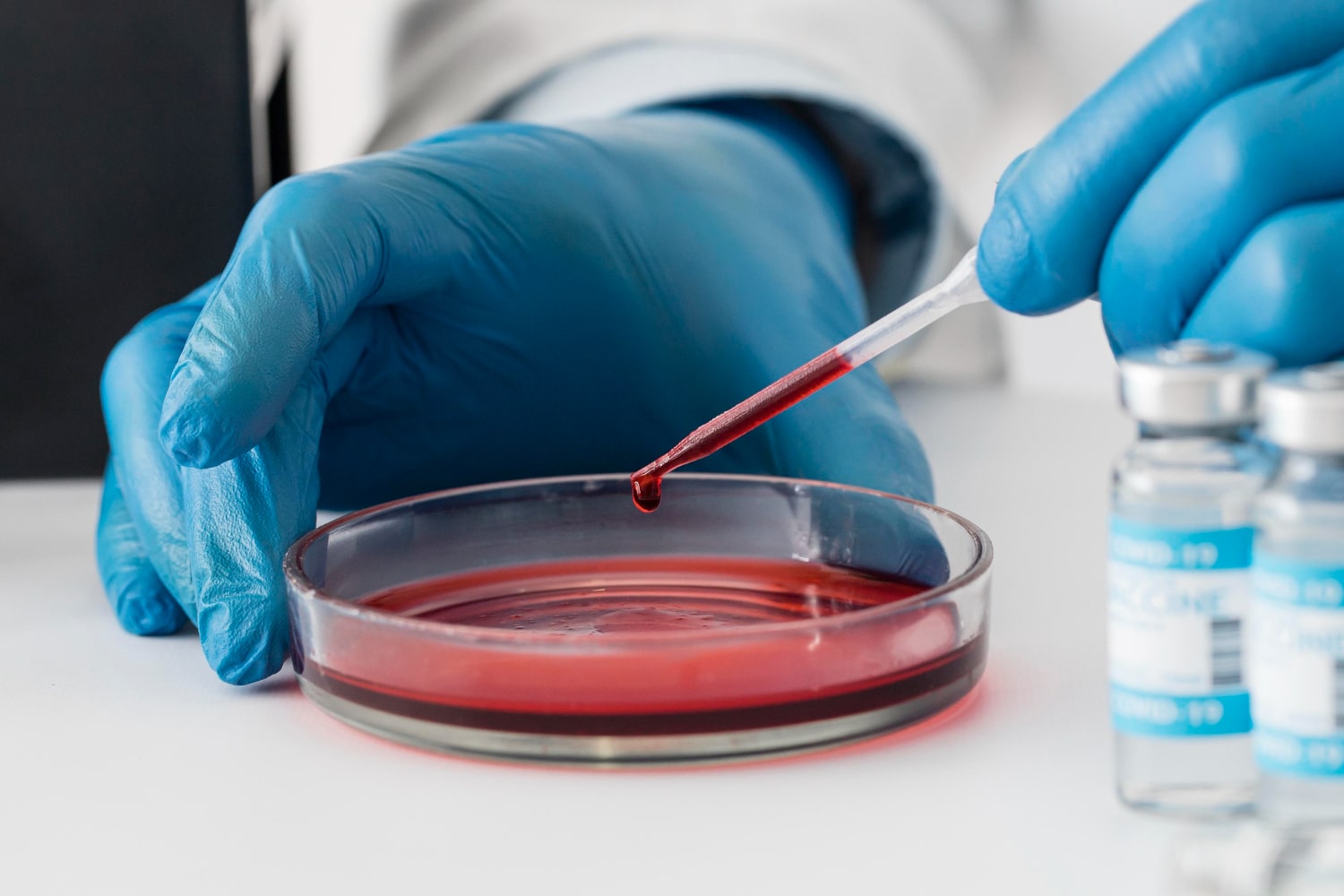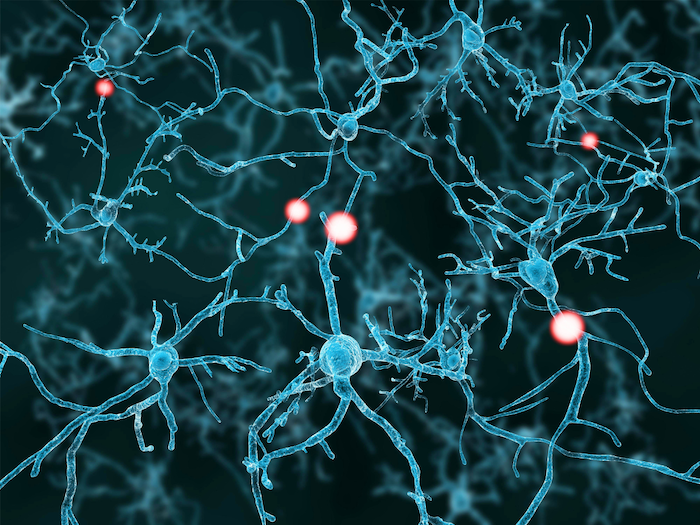Ohio State Research Unlocks New Understanding of Neurodegeneration Through Human ‘Mini Brains’
Researchers at The Ohio State University Wexner Medical Center and the College of Medicine have made a groundbreaking discovery that enhances the understanding of neurodegeneration. Utilizing human neural organoids—often referred to as “mini-brains”—sourced from patients affected by frontotemporal lobar degeneration (FTLD), these scientists have uncovered a novel mechanism involving neurons and their role in dementia. […]


Researchers at The Ohio State University Wexner Medical Center and the College of Medicine have made a groundbreaking discovery that enhances the understanding of neurodegeneration. Utilizing human neural organoids—often referred to as “mini-brains”—sourced from patients affected by frontotemporal lobar degeneration (FTLD), these scientists have uncovered a novel mechanism involving neurons and their role in dementia. This study highlights the intricate relationship between lipid metabolism and neurodegenerative disorders, pinpointing a specific protein named GRAMD1B as a pivotal player in these processes.
The research reveals that GRAMD1B is integral to the management of cholesterol and lipid storage within neurons. The findings uncovered a startling link between the alterations in GRAMD1B levels and the disrupted balance of cholesterol, lipid stores, and phosphorylated tau levels within the cells. Given that tau pathology is closely associated with several neurodegenerative diseases, including Alzheimer’s, the implications of this discovery extend far beyond FTLD. It suggests new avenues for treatment that could potentially address multiple forms of dementia, marking a significant advancement in the field of neuroscience.
Neuroscientist Hongjun “Harry” Fu, the study’s lead author, emphasized the importance of this research in the context of existing ailments. The study’s insights into GRAMD1B could lead to the development of targeted therapies that may mitigate the progression of FTLD and Alzheimer’s disease. Prior to this research, GRAMD1B had primarily been studied in peripheral tissues, such as the adrenal glands and intestines, but its role in the brain remained an enigmatic territory until now. This revelation not only diversifies the understanding of the protein’s functions but opens new frontiers in research aimed at combating neurodegenerative diseases.
Using advanced methodologies, the researchers cultivated human neural organoids that replicate various cell types found in the human brain. This innovative approach allowed for a controlled environment in which to observe cellular behavior and reactions to dynamic conditions. By meticulously examining these mini-brain models, the researchers were able to investigate the underlying mechanisms that connect lipid homeostasis with neuronal health and disease states. The results underscore how essential proper lipid management is for neuronal function and longevity, and how disturbances in this balance can trigger or accelerate neurodegenerative processes.
The study’s implications extend significantly into the therapeutic realm. With Alzheimer’s disease currently affecting approximately 6.9 million Americans aged 65 and older, the potential for GRAMD1B-targeted therapies to emerge from this research could represent a beacon of hope for millions. Current treatments for Alzheimer’s and FTLD target symptom management rather than disease modification, leaving a considerable gap in the treatment landscape. By targeting the mechanisms uncovered in this study, future interventions could not only alleviate symptoms but also modify the disease’s trajectory.
Moreover, the researchers’ focus on human neural organoids highlights a paradigm shift in the study of neuroscience. Traditional models often relied on animal subjects, which can limit the translatability of findings to human conditions. By developing and studying organoids derived from human tissue, the researchers have established a more relevant model that accurately reflects human neurobiology. This approach allows for a more profound understanding of disease mechanisms and fosters the development of treatment strategies that are more likely to be effective in clinical settings.
As the research community continues to grapple with the complexities of neurodegenerative diseases, investigations like this one at Ohio State University serve as crucial stepping stones. They pave the way for a future where brain disorders may be treated more effectively through biologically grounded, personalized therapeutic approaches. The need for integrated strategies that effectively combine elements of biology, neuroscience, and pharmacology has never been more apparent, and studies like this provide a roadmap to achieving those comprehensive solutions.
The research’s publication in the esteemed journal Nature Communications adds another layer of credibility and visibility to these important findings. Dissemination in high-impact venues underscores the urgency and significance of addressing Alzheimer’s and related neurodegenerative diseases. The insights provided by the study will likely catalyze a wave of further research aimed at exploring GRAMD1B’s functions and interactions, potentially uncovering even more targets for future therapeutic intervention.
In conclusion, as this research illustrates, understanding the molecular mechanisms that govern neurodegeneration is critical for developing effective treatments. The discovery of the role of GRAMD1B in lipid metabolism within neurons not only elevates the status of this protein within neuroscience but also offers hope for innovative therapeutic strategies. Moving forward, continued collaboration between neuroscience, molecular biology, and medicine will be essential in the fight against dementia, ensuring that those currently affected and future generations receive the care and solutions they need.
Subject of Research: Human neural organoids and their role in neurodegeneration.
Article Title: GRAMD1B is a regulator of lipid homeostasis, autophagic flux and phosphorylated tau.
News Publication Date: 9-Apr-2025.
Web References: https://wexnermedical.osu.edu/, https://medicine.osu.edu/, https://www.nature.com/ncomms/.
References: 10.1038/s41467-025-58585-w.
Image Credits: The Ohio State University Wexner Medical Center.
Keywords: Dementia, Alzheimer disease, Discovery research, Neurons, Organoids.
Tags: cholesterol management in dementiafrontotemporal lobar degenerationGRAMD1B protein significancehuman mini brainslipid metabolism in neuronsneurodegeneration understandingneurodegenerative disorder mechanismsneuroscience advancementsnovel treatment avenues for Alzheimer’sOhio State University researchtargeted therapies for dementiatau pathology and neurodegenerative diseases
What's Your Reaction?

































